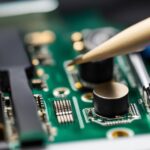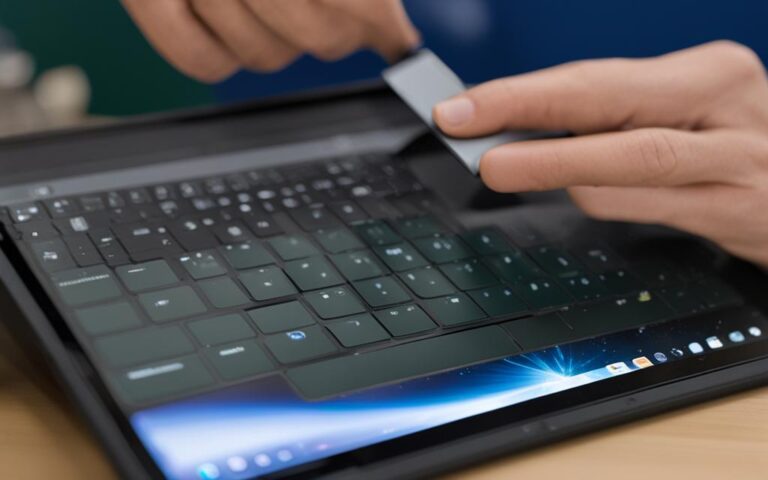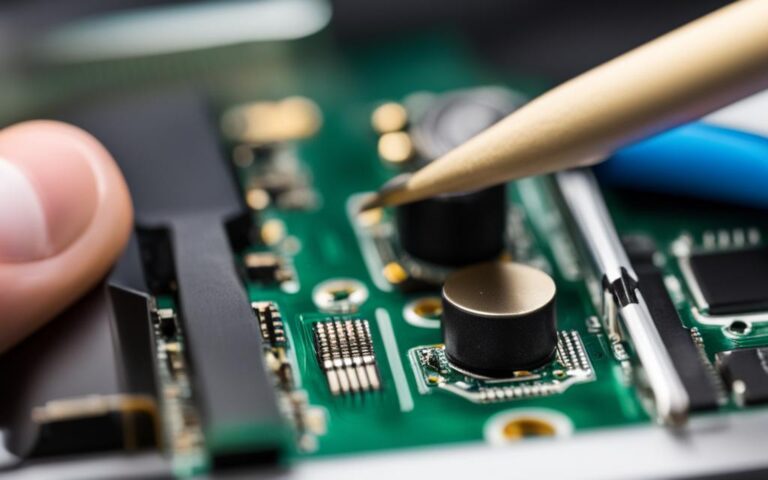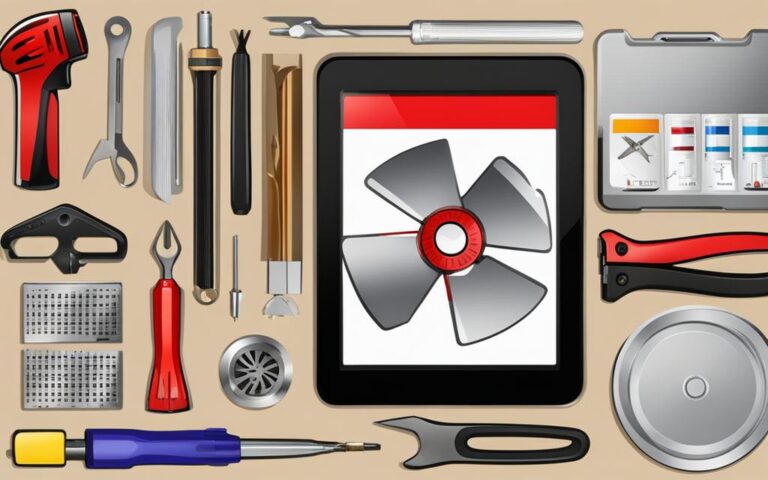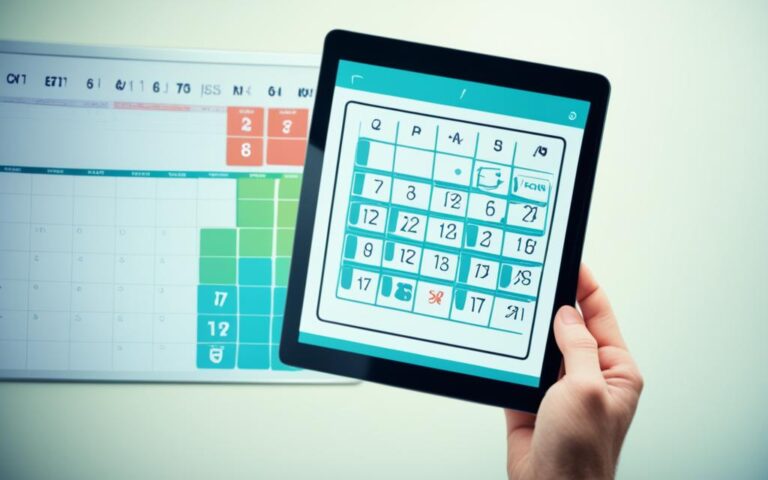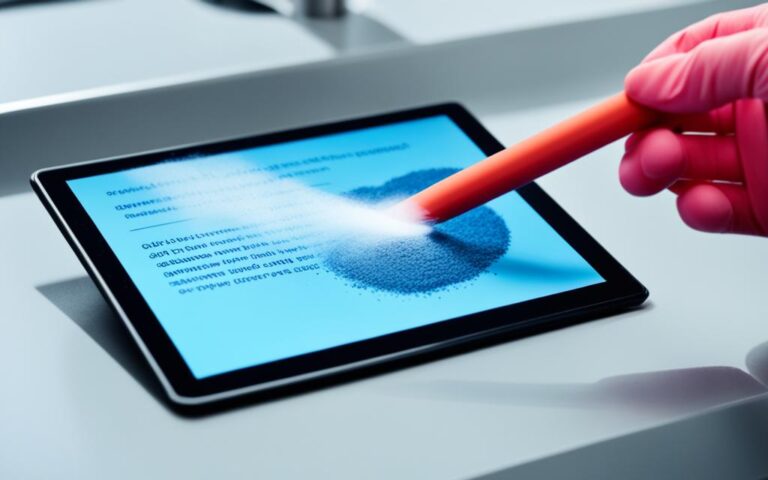Fixing Tablet’s Missing System Icons Issue
If you’re experiencing the frustrating issue of missing system icons on your tablet, don’t worry – there are solutions available. Follow the steps below to troubleshoot and fix the problem.
Tablets have become an essential tool for many users, allowing for easy access to apps, files, and settings. However, it can be incredibly frustrating when important system icons go missing, making it difficult to navigate and use your device effectively.
Fortunately, there are ways to address this issue and restore the missing system icons on your tablet. By following the troubleshooting methods outlined in this article, you can regain access to your essential icons and enhance your tablet experience.
Whether you’re missing icons on your taskbar or experiencing a more widespread problem, the following sections will guide you through the necessary steps to fix the issue and bring back your tablet’s missing icons.
Exit Tablet Mode
Tablet mode in Windows 10 can sometimes cause the taskbar icons to disappear. To resolve this, you need to exit tablet mode. Open the Windows settings or Action Center, and disable tablet mode. Once tablet mode is turned off, your taskbar icons should reappear.
Tablet mode is a useful feature on Windows 10 that optimizes the user interface for touchscreens, making it easier to navigate and interact with your device. However, it can sometimes lead to the disappearance of taskbar icons, which can be frustrating if you rely on quick access to your favorite apps and system settings.
To disable tablet mode, follow these steps:
- Open the Windows settings or Action Center by clicking on the Start button and selecting the gear icon.
- In the settings window, click on the “System” category.
- On the left sidebar, select “Tablet Mode.”
- In the tablet mode settings, turn off the “Make Windows more touch-friendly when using your device as a tablet” option.
By disabling tablet mode, you switch to the desktop mode, which is better suited for traditional PCs and laptops. This change should bring back your taskbar icons, allowing you to access your favorite apps and settings with ease.
“Exiting tablet mode can often resolve the issue of missing taskbar icons. By switching back to desktop mode, Windows restores the familiar layout and functionality, ensuring a seamless user experience.”
Restart Windows Explorer
If exiting tablet mode didn’t solve the issue, try restarting Windows Explorer. Use Task Manager to end the Windows Explorer process, and then restart it. This simple step can often resolve missing icon problems on the taskbar.
Here’s how you can restart Windows Explorer:
- Press Ctrl + Shift + Esc to open Task Manager.
- Click on the Processes tab.
- Scroll down and locate Windows Explorer in the list.
- Right-click on Windows Explorer and select End task.
- After Windows Explorer has been closed, click on File at the top left corner of Task Manager.
- Select Run new task.
- Type
explorer.exeand hit Enter.
After restarting Windows Explorer, check if the missing icons on the taskbar have reappeared. If not, continue with the next troubleshooting steps.
Troubleshooting Steps – Restarting Windows Explorer
| Steps | Description |
|---|---|
| 1 | Press Ctrl + Shift + Esc to open Task Manager. |
| 2 | Click on the Processes tab. |
| 3 | Scroll down and locate Windows Explorer in the list. |
| 4 | Right-click on Windows Explorer and select End task. |
| 5 | After Windows Explorer has been closed, click on File at the top left corner of Task Manager. |
| 6 | Select Run new task. |
| 7 | Type explorer.exe and hit Enter. |
Check the Taskbar Settings
If your taskbar icons are still missing, it’s worth checking the taskbar settings. By customizing the taskbar settings, you can ensure that the icons you want to appear on the taskbar are selected and that the taskbar is not set to automatically hide in tablet mode.
To access the taskbar settings:
- Open the Windows settings by clicking on the Start button and selecting the “Settings” icon.
- In the Settings window, select “Personalization”.
- Click on “Taskbar” in the left-hand menu.
Here, you can make the necessary adjustments to resolve the issue. Firstly, make sure that the option to automatically hide the taskbar in tablet mode is turned off. This ensures that the taskbar remains visible at all times, preventing any icons from disappearing.
Additionally, carefully review the list of selected icons. Make sure that the icons you expect to see on the taskbar are checked. If any important icons are missing, simply check the corresponding box to add them back to the taskbar.
By reviewing and adjusting the taskbar settings, you can troubleshoot the issue of missing icons and ensure that the taskbar appearance meets your preferences.
Example:
“I was frustrated when several of my frequently used icons went missing from the taskbar on my tablet. Fortunately, I discovered that customizing the taskbar settings was the key to fixing the problem. By following the steps, I was able to turn off the auto-hide feature and select the missing icons again. The icons reappeared on the taskbar, and I could easily access my favorite apps and features once more.” – John Smith, Tablet User
Common Taskbar Settings
| Setting | Description |
|---|---|
| Automatically hide the taskbar in tablet mode | When enabled, the taskbar disappears in tablet mode, potentially causing icons to go missing. |
| Taskbar buttons | Choose how icons are displayed on the taskbar, such as combining them, showing labels, or only displaying icons. |
| Select which icons appear on the taskbar | Customize which icons are shown on the taskbar, including system icons and notifications. |
Update Display Drivers and Clean Up System Files
Sometimes, outdated or corrupt display drivers can cause the taskbar icons to disappear. Updating your display drivers can be an effective solution to this problem. Here’s how you can do it:
-
Open the Device Manager. You can do this by right-clicking on the Start menu and selecting “Device Manager” from the list of options.
-
In the Device Manager window, expand the “Display adapters” category to see the installed display drivers.
-
Right-click on the display driver that you want to update and select “Update driver” from the context menu.
-
Choose the option to search automatically for updated driver software. Windows will then search for the latest driver version and install it if one is available.
In addition to updating your display drivers, cleaning up system files can also help resolve missing icon issues. Follow these steps to clean up your system files using the Disk Cleanup tool:
-
Press the Windows key and type “Disk Cleanup” in the search bar. Click on the “Disk Cleanup” app from the search results.
-
Select the drive that you want to clean up. Typically, this will be the “C:” drive, which is the default storage location for most system files.
-
Click on the “OK” button to start the disk cleanup process.
-
In the Disk Cleanup window, select the types of files you want to delete. These may include temporary files, system error memory dump files, and more.
-
Click on the “OK” button to confirm and proceed with the cleanup.
-
After the cleanup is complete, restart your computer to see if the missing icons on the taskbar issue has been resolved.
Reinstall the Taskbar or Use the Registry Editor
If you’ve tried all the previous troubleshooting steps and are still facing the issue of missing taskbar icons on your tablet, don’t worry. There are advanced methods you can try to fix this problem.
One option is to reinstall the taskbar using Windows PowerShell. This powerful command-line tool allows you to execute various commands and scripts to perform specific tasks. By reinstalling the taskbar using PowerShell, you can potentially resolve any underlying issues that might be causing the missing icons.
Another option is to use the Registry Editor, a built-in Windows tool that allows you to modify system settings and configurations. Using the Registry Editor, you can manually troubleshoot and fix system issues related to the taskbar and missing icons. However, be cautious when making changes in the Registry Editor, as incorrect modifications can lead to further problems.
It’s important to follow the provided steps in the article carefully when attempting to reinstall the taskbar or use the Registry Editor. These advanced troubleshooting methods should only be attempted if all other solutions have failed, as they require technical knowledge and can have unintended consequences if not performed correctly.





